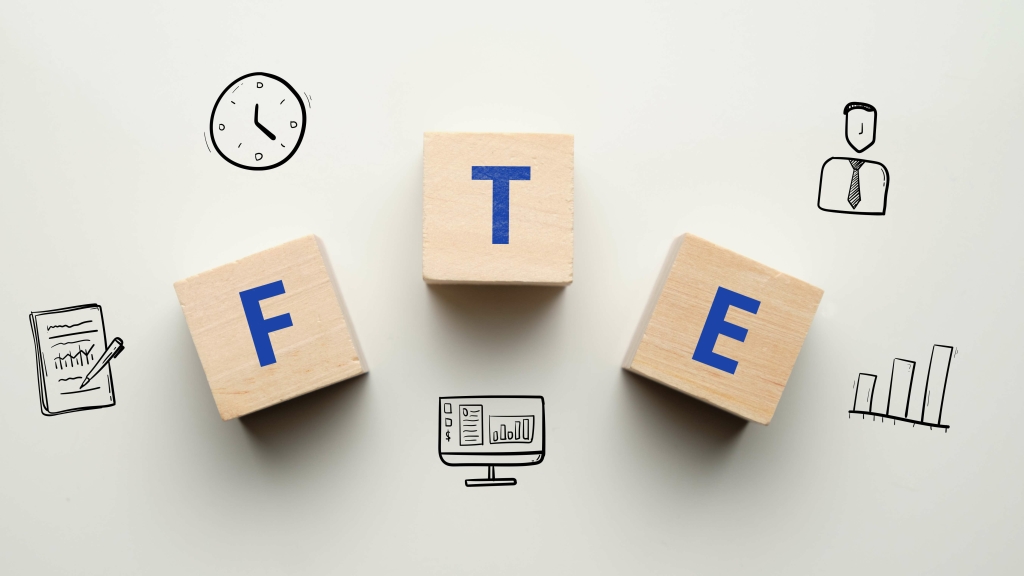
The COA is typically set up to display information in the order that it appears in financial statements. That means that balance sheet accounts are listed first and are followed by accounts in the income statement. Unlike balance sheet accounts, income statement accounts close at the end of each accounting period. At this time, their balances are combined, and the net amount moves over to the balance sheet equity account.
- The standard chart of accounts is also called the uniform chart of accounts.
- Another crucial benefit of a well-designed chart of accounts numbering system is its ability to cater to industry-specific needs.
- We believe everyone should be able to make financial decisions with confidence.
- If you take a block away from one section of your business, you have to add it back someplace else.
- When choosing account numbers, keep in mind that any financial statements or
reports that you want organized by account name are now going to be organized by
account number.
Even many controllers and CFOs are weak on implementing chart of accounts best practices and structure one that easily and plainly produces the financial information management wants to see. Liability accounts provide a list of categories numbering system for chart of accounts for all the debts that the business owes its creditors. Typically, liability accounts will include the word “payable” in their name and may include accounts payable, invoices payable, salaries payable, interest payable, etc.
Revenue
Following best practices for high-level account numbering is a good starting point. But you have to go a step further and decide what level of granularity is necessary in each account category. But the only way you can focus on looking forward is if your foundation for financial reporting is rock solid. And that starts with building the best chart of accounts (CoA) structure for your business. The Chart of Accounts (COA) is a foundational tool in accounting, serving as the backbone of a company’s financial recordkeeping system.
Most businesses assign an account number from three digits to five digits long to represent each account type. For instance, your asset accounts may start with “1,” your liability accounts may begin with “2,” and so on. This numbering system is key to how your records are stored and later retrieved as needed. The chart of accounts is simply the organized list of all the bins and shelves. Liability accounts also follow the traditional balance sheet format by starting with the current liabilities, followed by long-term liabilities. The number system for each liability account can start from 2000 and use a sequence that is easy to follow and compare in different accounting periods.
Sequential Numbering System
By taking these factors into account, you can create a numbering system that aligns with your organization’s unique needs. In conclusion, mastering the chart of accounts numbering system is an essential skill for finance professionals like you. It plays a crucial role in organizing and categorizing financial data, allowing for accurate reporting and analysis. One of the main challenges in creating a chart of accounts numbering system is finding the right balance between detail and complexity. On one hand, you want to capture enough information to accurately track and analyze your financial data. On the other hand, you don’t want the system to become overly complicated and difficult to navigate.
